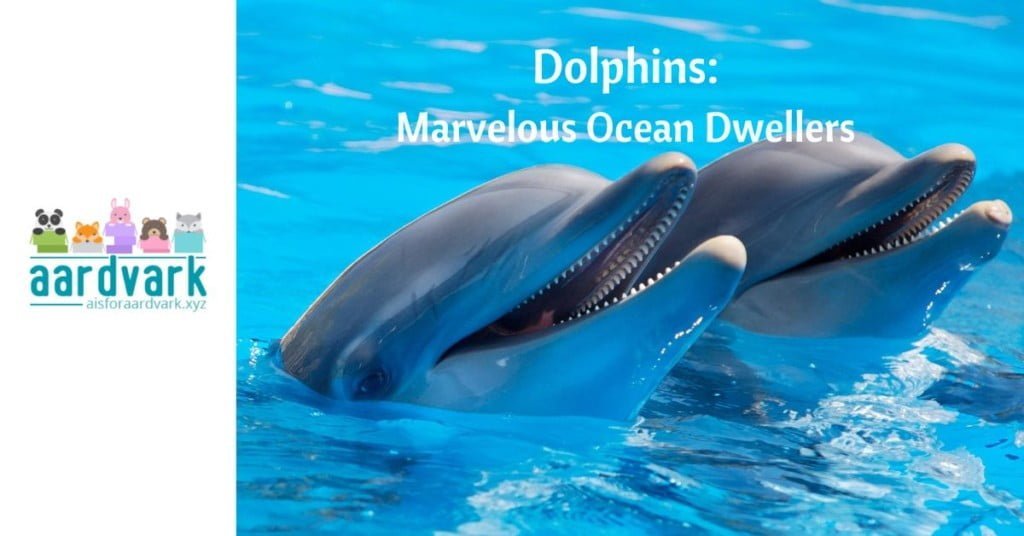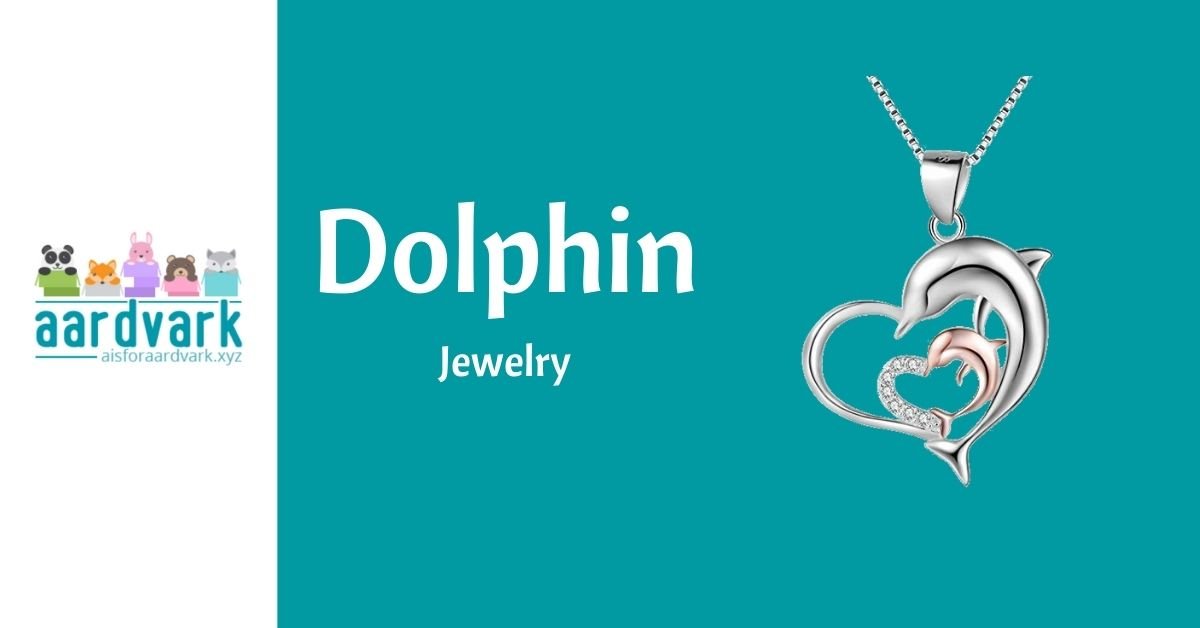Dolphins, those sleek and intelligent marine mammals, never cease to capture our hearts and imaginations. In this article, we’re going to talk about some basic facts surrounding this wonderful creature. You may know a lot of it, but we hope you’ll learn something along the way!
The Varied World of Dolphins
Dolphins come in a wide array of sizes, colors, and habits. Let’s dive right in to learn more about these captivating creatures.
A Size for Everyone
Dolphins come in a spectrum of sizes, with the Maui’s dolphin taking the crown for the smallest, measuring a mere 4 feet in length. In contrast, the largest dolphin, the killer whale, or orca, can grow up to an impressive 30 feet. Yes – the orca is part of the dolphin family!
Most commonly, dolphins such as the iconic bottlenose dolphin range between 8 to 12 feet in length. That’s roughly the size of a small car, making them quite impressive for marine animals.
A Splash of Color
The enchanting color palette of dolphins is a sight to behold. They sport various shades, including gray, blue, and, in some cases, hints of pink. The specific shades may vary depending on their age and the species. And we’re all familiar with the black-and-white color scheme of the orca.
Generally, their backs display a cool light grayish-blue, while their underbelly showcases a lighter, sometimes pinkish hue, giving them an elegant and striking appearance.
A Long and Wondrous Journey
Dolphins have the privilege of living relatively long lives compared to many other creatures in the animal kingdom. Their lifespans are diverse, depending on their species. On average, dolphins live between 20 to 50 years.
However, in controlled environments like marine parks, some dolphins live longer.
Unveiling the Mysteries of Dolphin Behavior
Dolphins’ physical characteristics are easily recognizable, but they’re better known for their engaging behaviors and strong social bonds. Their habits highlight their intelligent and charming nature.
Social Butterflies
Dolphins are highly social creatures, often seen swimming together in groups known as pods. The size of these pods can range from just a few dolphins to gatherings of hundreds, depending on the species. These marine cliques reinforce the idea that dolphins are not just individuals but part of close-knit communities.
Playful Spirits
One of the most iconic behaviors associated with dolphins is their playfulness. They love to frolic in the waves, often leaping out of the water and riding boat-generated waves. This playful spirit, coupled with their natural curiosity, has endeared them to countless admirers worldwide.
Communication Wonders
Dolphins have earned a reputation for their exceptional communication skills. They employ a sophisticated system of clicks, whistles, and body movements to convey messages to one another.
This intricate form of communication allows them to work together efficiently when hunting or taking care of their young. It’s almost as if they have a secret language that helps them bond and cooperate.
Demystifying Dolphin Classification: Why They’re Mammals, Not Fish
Despite their outward appearance, dolphins are not fish; they are mammals because of certain distinct features that set them apart from their fishy counterparts.
Warm-Blooded Marvels: Dolphins are warm-blooded creatures, which means they can regulate their body temperature internally. In contrast, fish are cold-blooded and rely on their environment to regulate their body temperature.
Milk Feeding: Like other mammals, dolphins feed their young with milk from their mothers. This nurturing behavior is a hallmark of mammalian reproduction.
Air-Breathing Abilities: Dolphins need to surface periodically to breathe air. They possess lungs, while fish have gills. Dolphins get oxygen from the air rather than from water.
Live Birth: Another key distinction is their method of reproduction. Dolphins give birth to live offspring, which is characteristic of mammals. Some fish give birth to live offspring, but most lay eggs. Along with their other characteristics, though, we can see dolphins definitely belong to the mammal class.
This classification shows the remarkable diversity within the animal kingdom and the many ways different species adapt to their environments.
Dolphins: Cultural Significance and Pop Culture Icons
Dolphins hold significant cultural importance in various societies across the globe. Their intelligence, grace, and positive symbolism have made them central figures in mythologies and cultural beliefs. Let’s take a closer look at their cultural significance and their role in popular culture.
Symbol of Intelligence and Grace
In numerous cultures, dolphins are revered as symbols of intelligence, elegance, and good fortune. In ancient Greek mythology, they were associated with Dionysus, the god of wine and revelry, and were believed to be protectors of sailors. Their role in these ancient myths has contributed to their enduring reputation as intelligent and benevolent creatures.
Pop Culture Stars
Dolphins have also featured prominently in the world of pop culture, capturing people’s hearts through their appearances in various forms of media.
One of the most iconic dolphin characters is “Flipper,” a bottlenose dolphin who became the star of a beloved TV series in the 1960s. This character played a significant role in popularizing dolphins and solidifying their image as friendly and clever animals.
In more recent times, dolphins have continued to make waves in the entertainment industry. Movies like “Dolphin Tale” and “Finding Dory” have featured dolphins as central characters. “Free Willy” is another popular dolphin movie, even though it’s easy to forget that the amazing orca is a type of dolphin.
Real-World Dolphin Jobs
Beyond their presence in cultural and entertainment realms, dolphins have taken on roles in real-world professions.
For instance, some dolphins have been trained as therapy animals to assist individuals with disabilities, providing both physical and emotional support.
In an entirely different type of work, military organizations worldwide have employed dolphins for tasks such as mine detection and underwater reconnaissance due to their exceptional sonar and problem-solving abilities.
Dolphins may look like fish, but they’re actually wonderful and intelligent mammals. They come in all shapes and sizes, although the bottlenose is the best-known and the kind most of us think of when we hear the word “dolphin.” From Flipper to Willy, they’ve entertained us. But they also cooperate with us in many important real-world tasks.
As we continue to learn more about dolphins, we should remember the importance of protecting their oceanic habitats and ensuring their well-being for future generations. After all, the world is a more enchanting place with dolphins gracing the waters.



